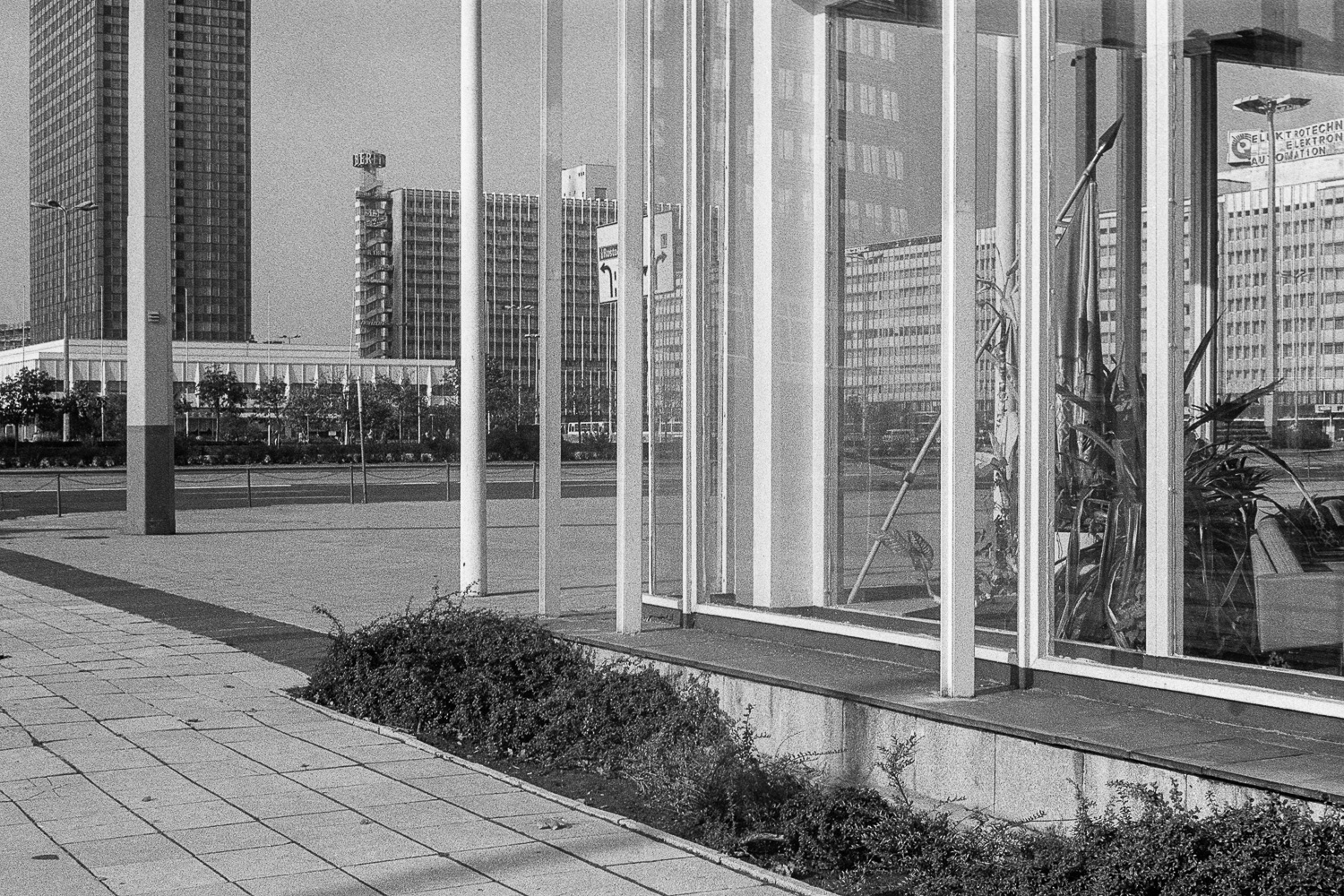
I am attracted to the idea of audibility in photographs. In assessing my desire to hear photographs, I would suggest that this stems from a few reasons. Firstly, the static and still nature of a photograph rent from the passing and often raucous movement of life is singular in its condition to be viewed without necessary consequence to what came before or after its removal from the current of life in front of the lens-everything is instead muted. In thinking about the still impact of a photograph, it is at once dead and at once fecund with secondary possibilities if one reads the image laterally and projects upon it other possibilities audible, olfactory, and sensual. The photograph in its immoveable and arrested state offers many possibilities that can never be confirmed. It instead opts for a two-dimensional stasis of further involvement in actualization.
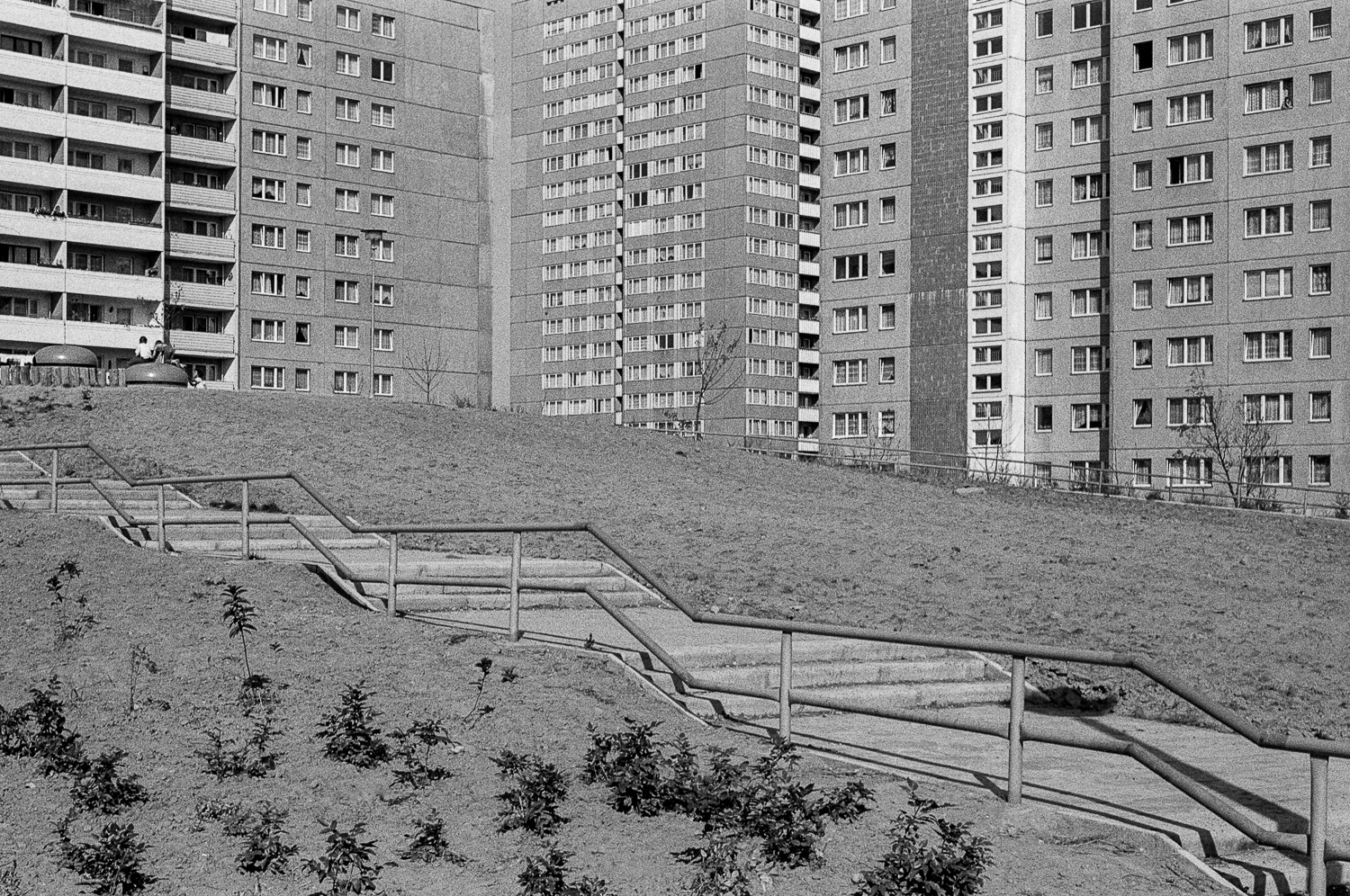
I often look for signifiers in an image that I could hear had I been there while the image was being taken. I often think about the sound of people’s voices, the screech of car wheels, and the hum of engines idling at near rest while the car and driver await the change of the traffic light. I often imagine a soundtrack to the still image, projecting upon it and filling it with a secondary medium of audible life. There are other ways in which to fill up all that still in a photograph, from imagining the warmth of summer light on one’s skin or imagining the smell of food on a table in the photograph (Stephen Shore), but audio holds my most personal interest. This is because I am a great fan of music, but also the notion of field recording as a medium is as important to me as the conversations that I record for Nearest Truth. Field recordings add layers to our cultural understanding of memory and time among other important variables. Field recording is an apt bridge to the stillness of a photograph and yet when you join them, as sadly too few do, you do not get cinema. It is something else entirely that begs concentration, recognition, and a bit of fantasy/projection to sync the mediums.
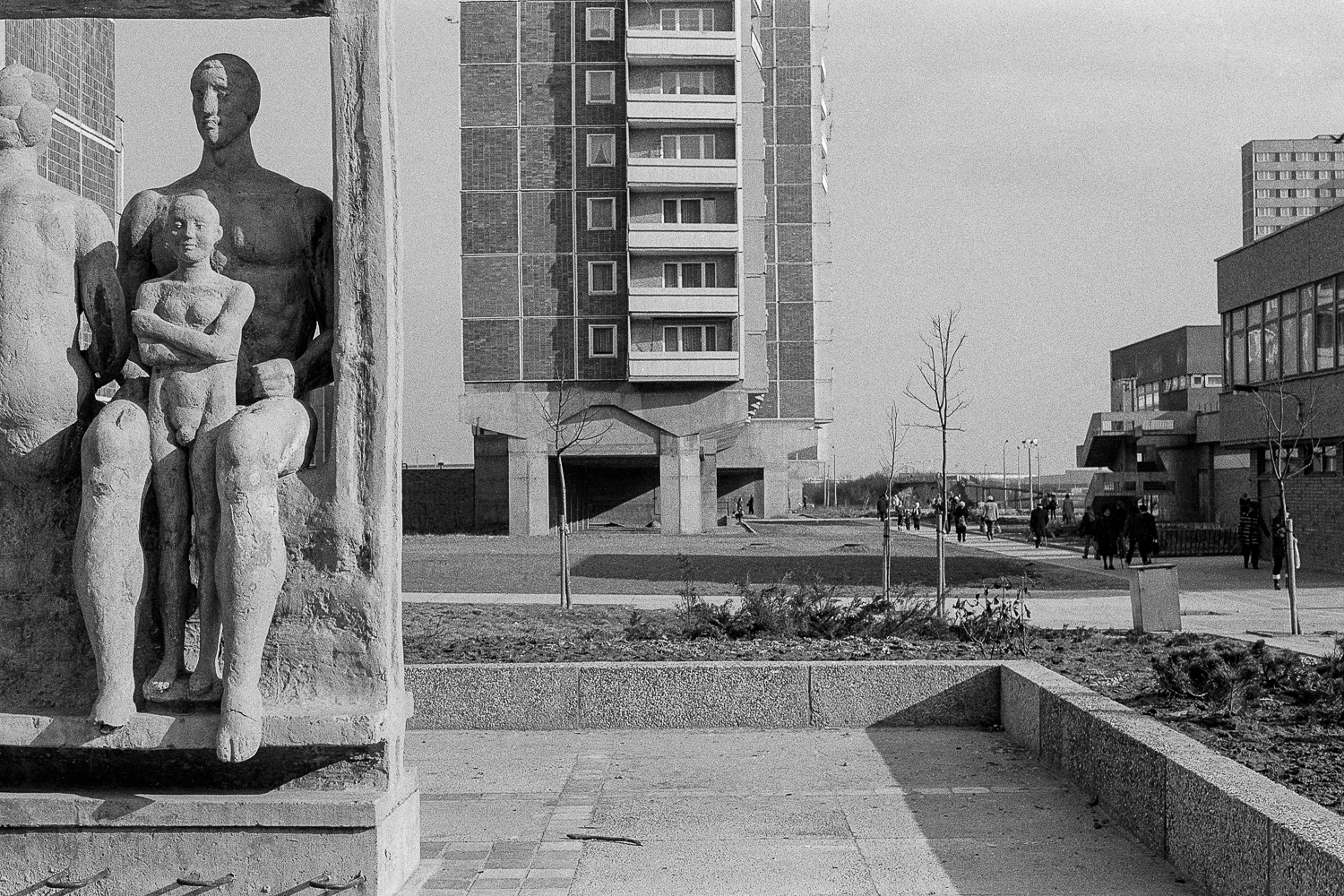
In the somber work of Ulrich Wüst, I am reminded of audibility in his photographs for precisely the opposite reason of its inclusion, namely that they are silent and the signifiers that I usually look for are absent. This silence is as profoundly affecting as its loud and recognizable counterpart found in photographs that offer an imagined possibility for vibrant audibility. When I look at Wüst’s empty street scenes, nearly typological in form and multitude, I am reminded that the silence is indeed deafening and I ask myself about the personal choices that drove Wüst to these seemingly uncomplicated and quiet images. He has stated in paraphrasing that he avoids images of people that would otherwise complicate his frames and his interest in East German architectural form.
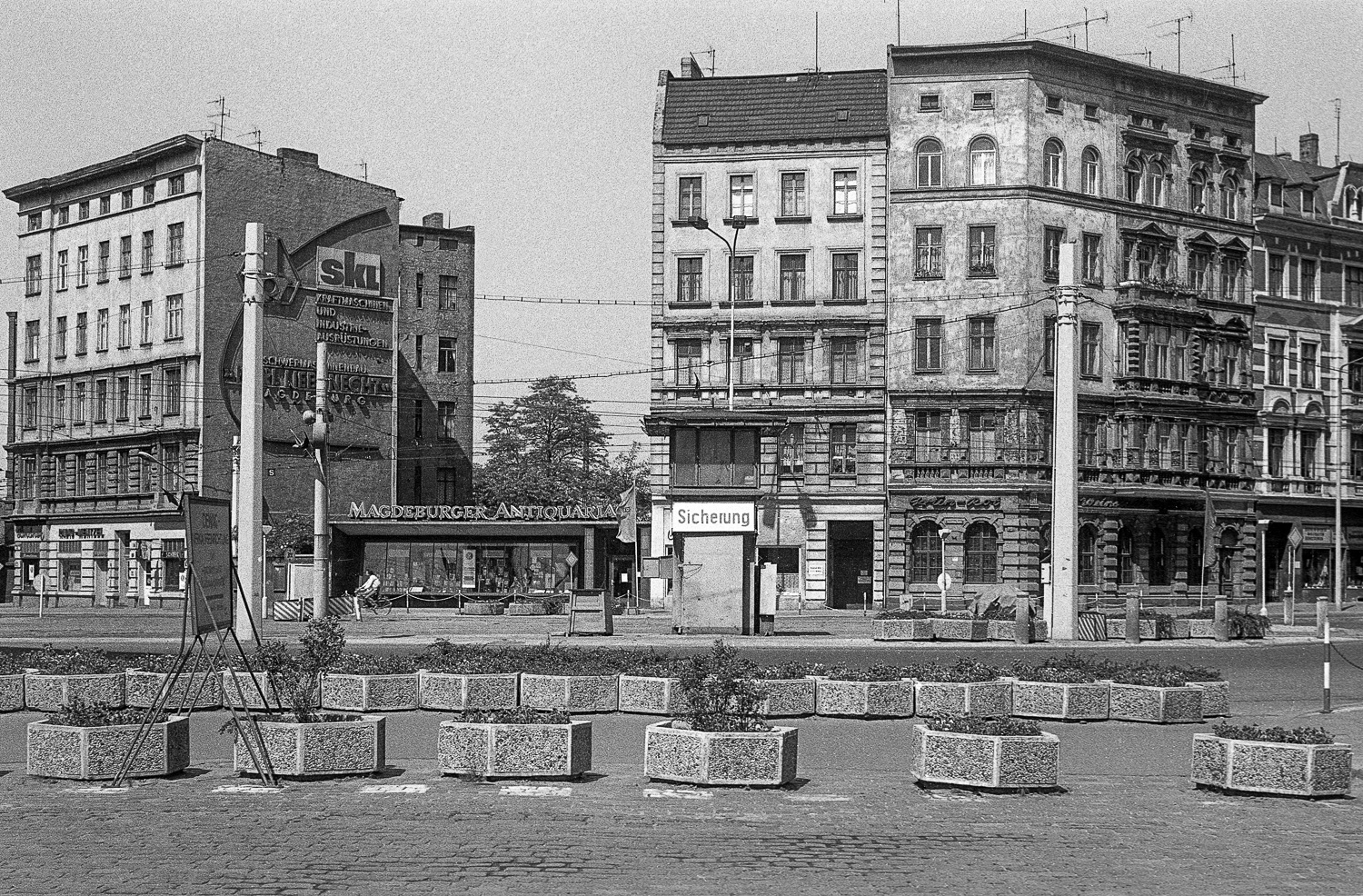
In removing the people from the frame, the artist presents a question about architectural idealism in the work. When the edifice is removed from its human-oriented function and can be observed on its own structural and aesthetic concerns, no matter the disrepair, it asks the viewer to remove themselves from the scene and to remove their anthropoliticization of the architectural form and its utlity. The statues in their silence remind me of the Colossi of Memnon, Egypt’s equally silent and eroded sentries outside of Luxor. Wüst’s photographs indicate power, purpose, and preserve, and yet they are strategically photographed in partial or in profile so as not to elicit their true form of socialist propaganda. The removal of people from the photographs creates silence, but also creates the potential to view place without interruption.
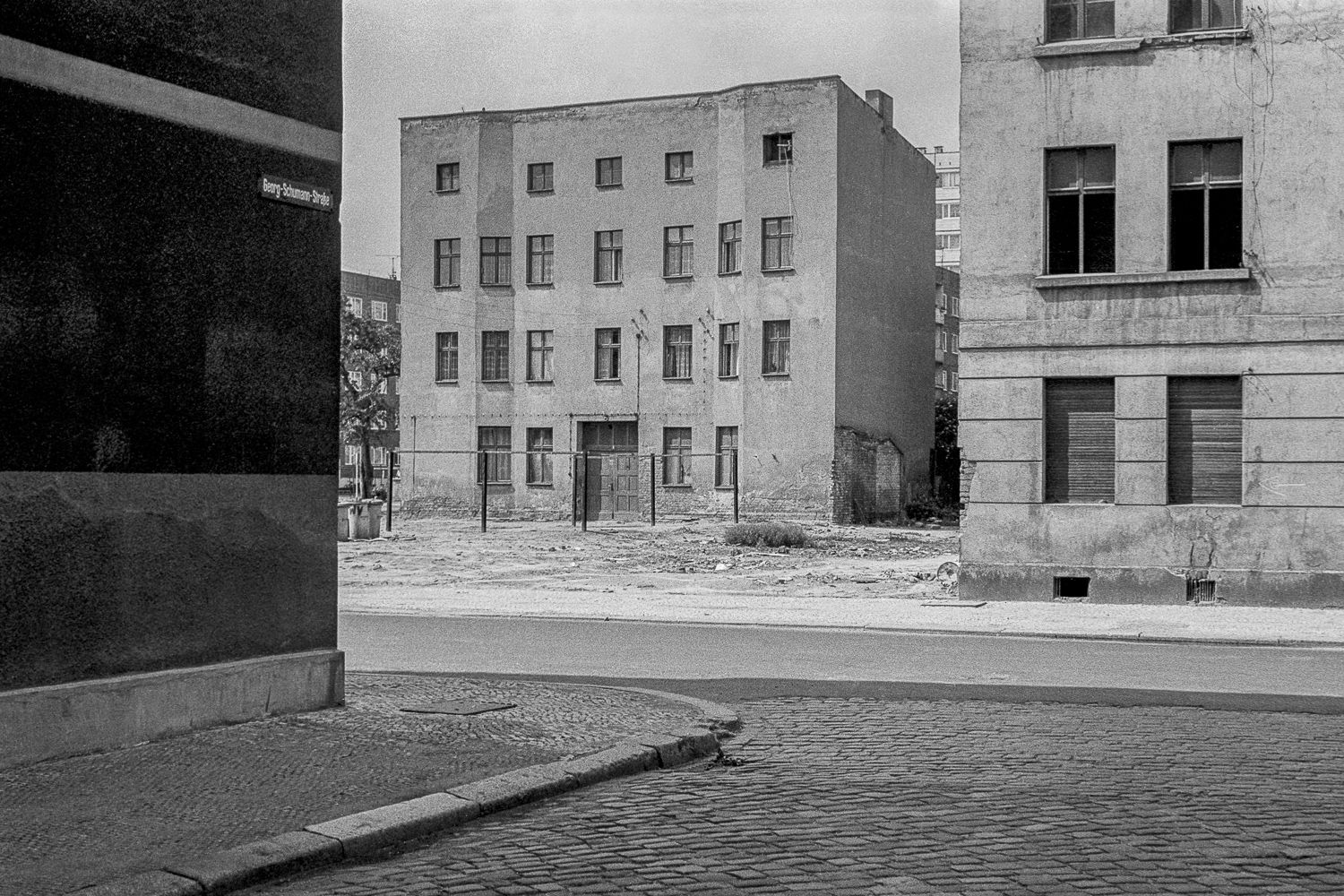
Throughout Wüst’s Stadtbilder/Cityscapes 1979-1985 (Hartmann Books,2021), these concerns of silence and emptiness play a large role in dictating the terms of how we review the era in which they were made, which is ideologically embedded in our political and social knowledge and consciousness. Though Wüst makes little claim to ideology, there are elements in his work that suggest a bartering of thought and place in which the concerns of the past and the Soviet current in the work collide. Rubble and erosion are pitted against concrete pre-fab social housing and images of the socialist worker bodies found on the statues emerge from the ruin of history. There is a conflation of pre and post-war East Germany found in the work and perhaps the reduction of noise and people allows a deeper rumination of the land, the war, and the people themselves in their absence. In a few images, I am reminded of Thomas Ruff’s 70’s photographs of New York and their equally strange silence. When I think of this silence turning up in work, there are other notable examples from just about everywhere, including Gerry Johanssen’s work, but the location of East Germany is significant here.
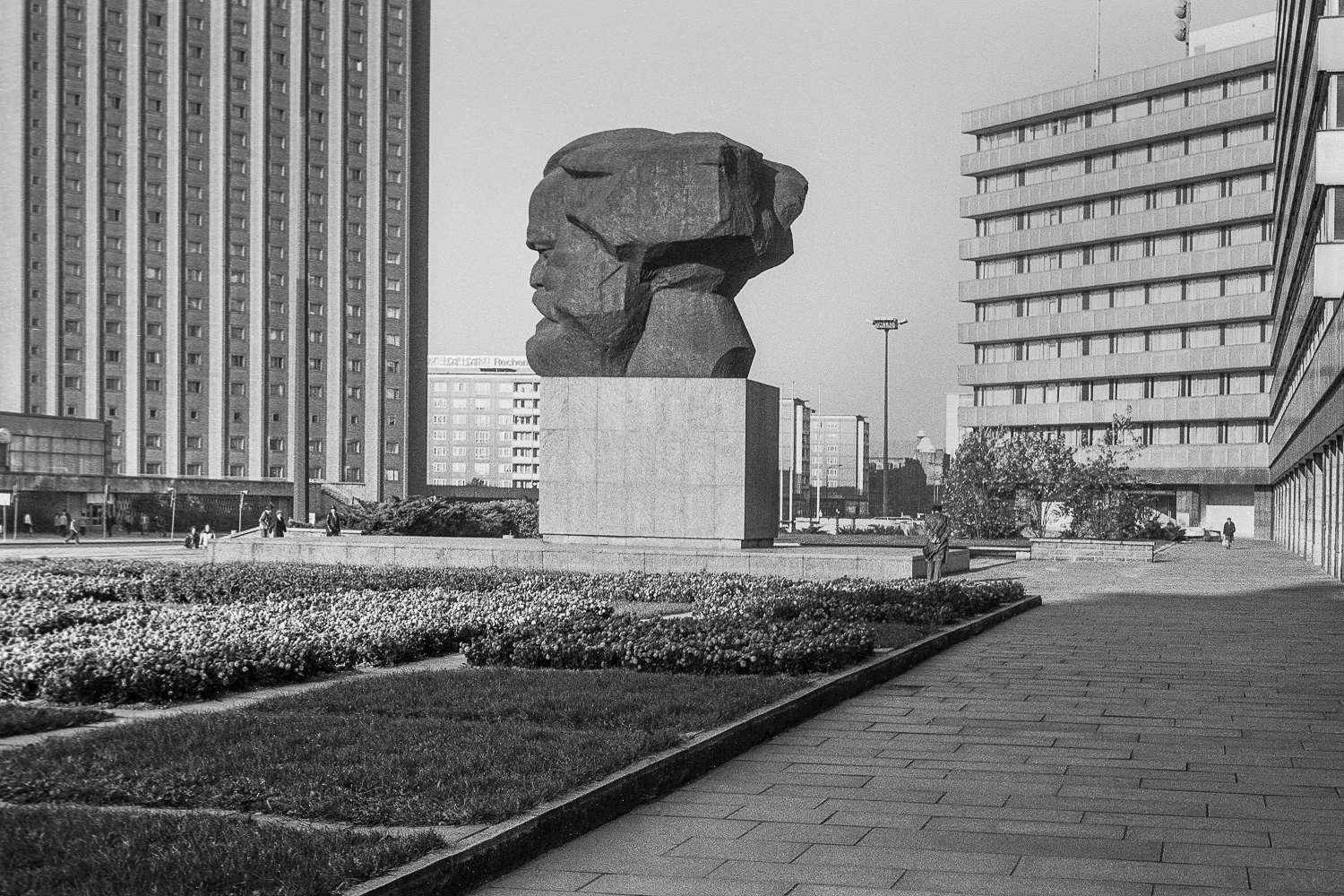
This is an important body of photographs. It is ample, consistent, and offers different angles from which to consider the work. On top of that, I am reminded obliquely of the best work of the period, but without the penchant for dreary and bleak images that are often associated with images that came from the West at the same time. These images are mostly shot in blue open skies, clouds being another consideration for an omission in Wüst’s world and this condition gives the work something pleasant, leaving the black and white chiaroscuro effect to remind one more of 19th Century aquatint prints more than photographs at times as if to say ” It exists as such in line and shade” without over conditioning the work towards the demanding needs of the political theater that underpin the subject in the work. I highly recommend this book. You can very easily get lost in the world that Wüst lived and documented and it is another title in the Hartmann catalog that requires celebration.
